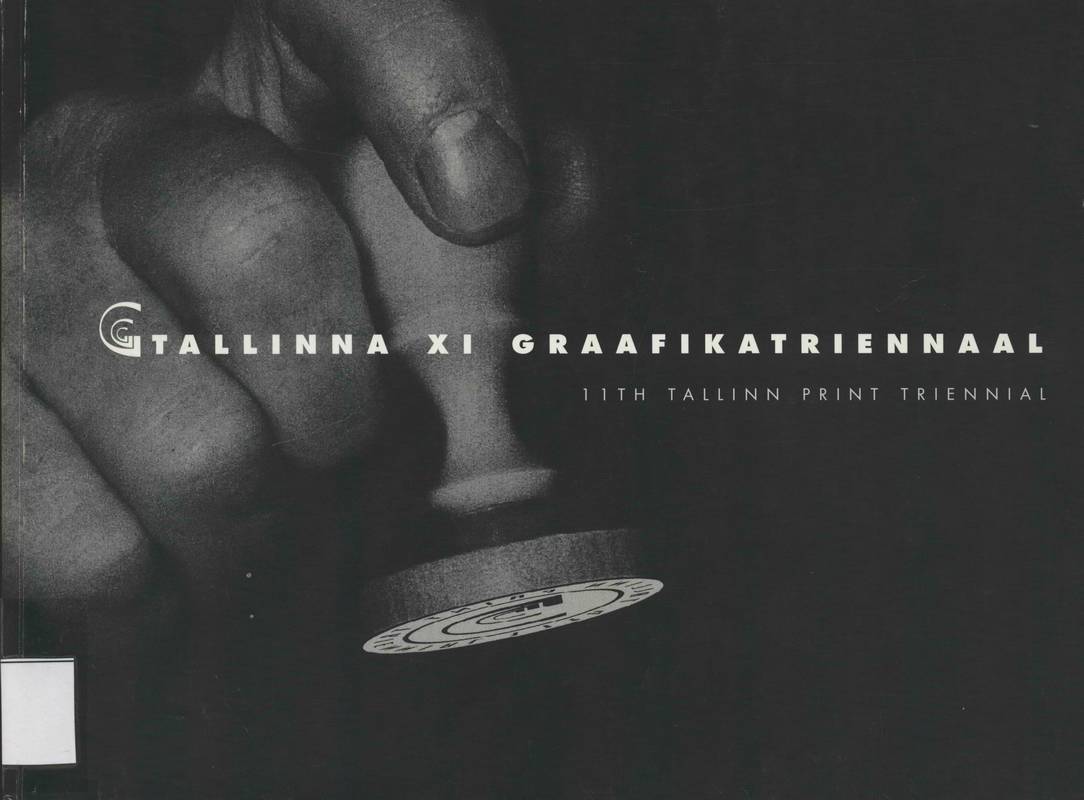First Tallinn Print Triennial took place in 1968 under the name “Present Day and Graphic Form” where three Baltic countries — Estonia, Latvia and Lithuania took part. Initially it was meant to be a biennial but in practice the exhibitions appear as triennials. At that time Estonia was still under the annexation of the Soviet Union where monumental art, sculpture and painting were much favored. This gave birth to an urge among Estonian printmakers, to create a forum for demonstrating their identity. Mental support from colleagues from Latvia and Lithuania was got easily. Prints, which are easily multiplied and distributed, became an important medium for the innovative artistic ideas and alternative relations. But it was not possible to organize such big events only for 3 Baltic States as it indicated too strongly the unity of the Baltic States versus the Soviet Union. For years it was not possible to continue without “guest” artists from Moscow, Leningrad (St. Petersburg), Minsk (in 1971); in 1974 it was a step forward already and in addition to Moscow, St. Petersburg, Minsk, Kharkov and Yakutsk it was possible to invite guests also from “sister” towns as Schwerin (German Democratic Republic) and Szolnok (Hungary). The structure of the Tallinn Print Triennial was changed and it got 3 layers:Baltic exhibition, International competition, Curated part. The artists taking part in the two firstly mentioned divisions compete also for the prizes of the Triennial: grand prix, 3 equal prizes, diplomas and several special prizes. Especially the last mentioned feature and the themes of the curated exhibitions give Tallinn Print Triennials since the 11th exhibition a different meaning and a broader approach to the essence of a print and printmaking in the context of contemporary art world.
